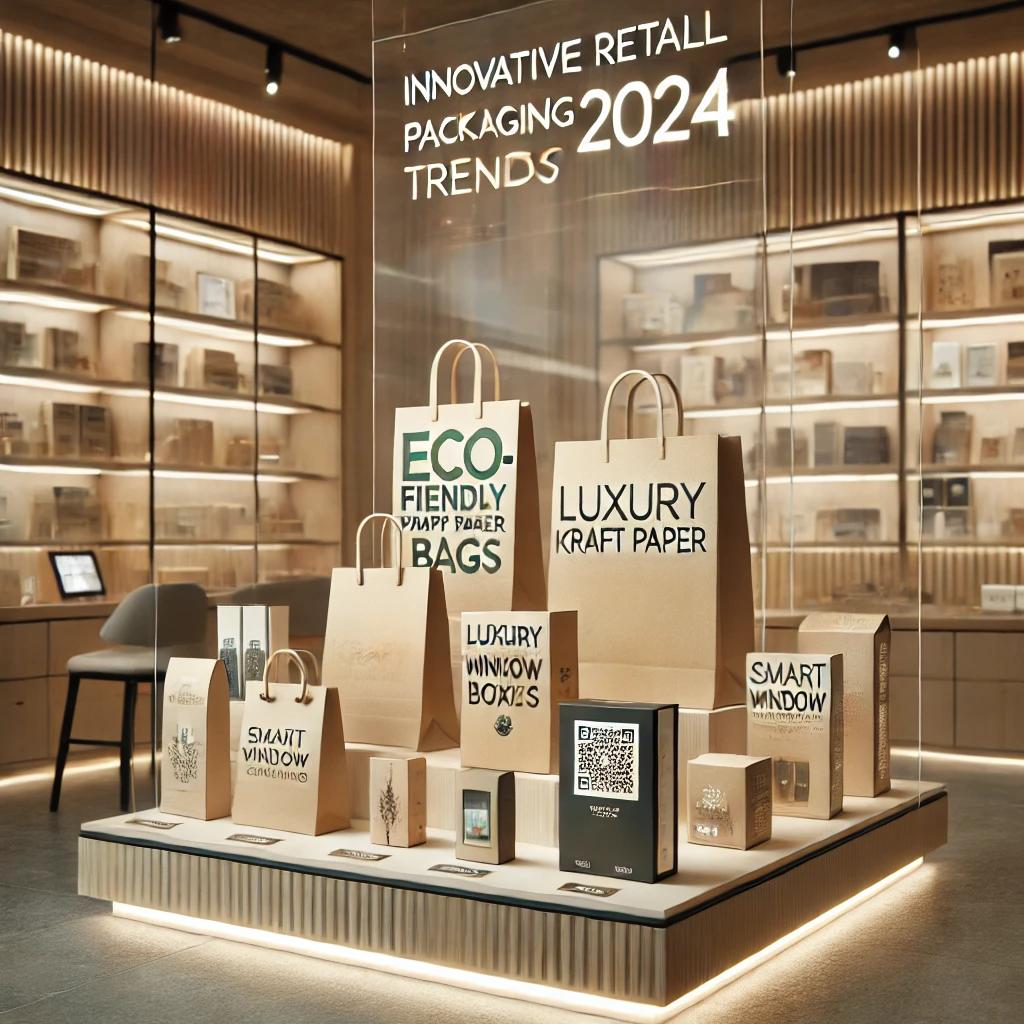
Corrugated packaging is one of the most widely used packaging solutions across industries, from e-commerce and retail to food and pharmaceuticals. It is durable, cost-effective, and eco-friendly, making it the go-to choice for businesses looking to protect their products during transit and storage.
In this complete guide, we’ll explore everything you need to know about corrugated packaging—what it is, its types, benefits, and why it plays a crucial role in modern supply chains.
What Is Corrugated Packaging?
Corrugated packaging refers to boxes and containers made from corrugated cardboard, a material consisting of three layers—an inside liner, an outside liner, and a fluted (wavy) middle layer. This unique structure gives corrugated boxes strength, flexibility, and impact resistance, making them ideal for packaging and shipping various products.
Corrugated Board Structure
A corrugated board consists of:
- Liners – The flat, outer layers that provide structural integrity.
- Fluting – The wavy, middle layer that absorbs shocks and impacts, enhancing durability.
These elements combine to create a lightweight yet strong packaging solution that protects products from damage during handling and transport.
Types of Corrugated Packaging
Corrugated packaging comes in different designs and structures to meet various packaging needs. Here are the most common types:
1. Single-Face Corrugated Board
- Consists of one liner and one fluted layer.
- Used as protective wrapping or cushioning for fragile items.
2. Single-Wall Corrugated Board
- Made of one layer of fluting between two liners.
- Commonly used for shipping cartons and retail packaging.
3. Double-Wall Corrugated Board
- Contains two layers of fluting and three liners.
- Offers extra strength and durability for heavier products.
4. Triple-Wall Corrugated Board
- Features three layers of fluting and four liners.
- Used for heavy-duty packaging, such as industrial shipments.
Each type varies in strength, weight, and cost, allowing businesses to choose the right option based on their packaging needs.
Key Benefits of Corrugated Packaging
1. Durability and Protection
Corrugated packaging is shock-absorbent and impact-resistant, providing excellent protection against rough handling, compression, and environmental factors.
2. Lightweight and Cost-Effective
Compared to other packaging materials like plastic and wood, corrugated cardboard is lightweight and economical, reducing shipping costs while maintaining strength.
3. Eco-Friendly and Sustainable
Corrugated packaging is:
✅ Made from recycled materials (typically 70-100% recyclable content).
✅ Biodegradable and compostable, reducing environmental waste.
✅ Reusable and recyclable, making it an eco-conscious packaging choice.
4. Customizable and Branding-Friendly
Corrugated boxes can be custom-designed with branding, logos, and graphics, making them an excellent marketing tool for businesses.
5. Versatile for Various Industries
Corrugated packaging is widely used in industries such as:
- E-commerce & Retail – Safe shipping for online orders.
- Food & Beverage – Protects perishable goods.
- Electronics – Ensures damage-free transport.
- Pharmaceuticals – Maintains product integrity.
How Corrugated Packaging Is Made
The manufacturing process of corrugated packaging involves several steps:
- Pulping & Paper Production – Recycled paper and virgin fibers are processed into kraft paper.
- Fluting Formation – The paper is shaped into fluted (wavy) layers.
- Lamination – Liners and fluted layers are glued together to form corrugated boards.
- Cutting & Shaping – The boards are cut, folded, and printed based on customer needs.
- Box Assembly – The final packaging product is ready for use.
This efficient and sustainable process ensures that corrugated packaging meets industry standards for strength and performance.
Corrugated Packaging vs. Regular Cardboard
People often confuse corrugated packaging with regular cardboard. However, there are key differences:
| Feature | Corrugated Packaging | Regular Cardboard |
|---|---|---|
| Structure | Multi-layered with fluting | Single-layered, flat |
| Strength | High durability & shock resistance | Less durable |
| Weight | Lightweight yet strong | Heavier |
| Usage | Shipping, storage, branding | Basic packaging, folders |
Corrugated packaging is the superior choice for businesses that require strong and reliable packaging.
Future of Corrugated Packaging
With the rise of e-commerce and sustainability efforts, the demand for corrugated packaging continues to grow. Innovations such as:
- Water-resistant coatings
- Custom-printed digital designs
- Smart packaging (RFID tracking, QR codes)
are transforming corrugated packaging into a smarter and more efficient solution for businesses worldwide.
Conclusion
Corrugated packaging is a versatile, eco-friendly, and cost-effective packaging solution used across industries. Its strength, lightweight nature, and sustainability make it the perfect choice for businesses looking to protect their products while reducing their environmental impact.
As industries shift towards green packaging solutions, corrugated packaging remains a leader in innovation and reliability. Whether you’re an e-commerce brand, a manufacturer, or a retailer, adopting corrugated packaging is a smart investment for both your business and the environment.





Leave a Reply